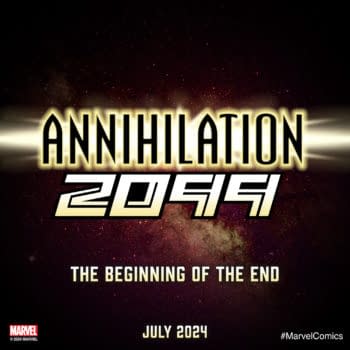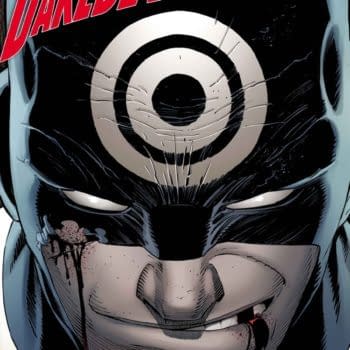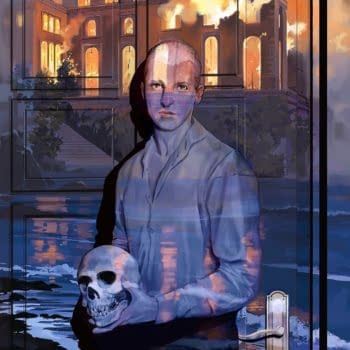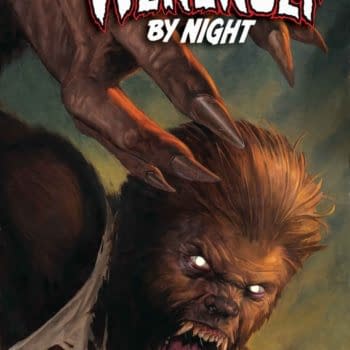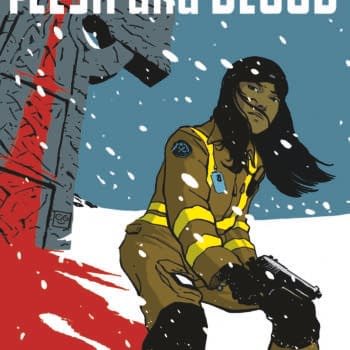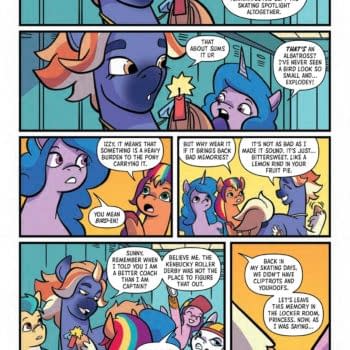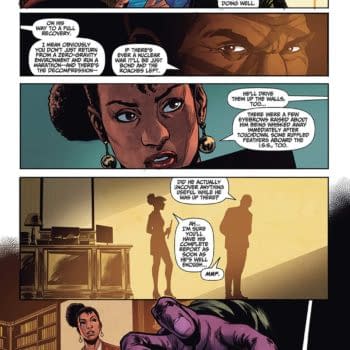Posted in: Comics | Tagged:
Comics Realism: The Content-Win, But Brand-Fail Of DC's New 52
Bleeding Cool's newest columnist, John Babos, has been blogging about comics and pop culture for over a decade. In addition to his weekly weekend column "Comics Realism" at Bleeding Cool, he continues to write "Demythify" a Monday weekly column for Comics Nexus. The title Comics Realism is inspired by the theory of Fictional Realism that asserts that all fictional characters exist out there, somewhere, for real.
Welcome to the inaugural edition of Comics Realism. This is intended be a weekly weekend column where I talk comics, pop culture and whatever else comes to mind. I'm rather opinionated, but I try to be fair. I hope to hear from you about the topics discussed here.
Before I get into this week's topic, I'll introduce myself. I'm John Babos and I've been comics blogging for over a decade and reading comic books for two decades longer than that. I'm not the blogging pioneer like Rich Johnson, but he was one of the folks that inspired me to put my thoughts to pixels years ago. Otherwise, what else would I do with all my accumulated comics trivia and percolating opinions?
In addition to this weekly weekend column at Bleeding Cool, I also write a Monday weekly column over at the Comics Nexus called "Demythify". Please kindly check me out over there too.
Before you let loose with keyboard courage infused vitriol, let me note that while I read comics from a lot of publishers monthly, particularly Valiant, IDW, Dynamite, Image, Marvel and DC, the bulk of the books I read come from DC. I started out reading DC from the corner store spinner rack; those comics – particularly their house ads – were gateways for me to the direct market in the 1980s and books from Marvel and other publishers. I come at this topic from love, not hate.
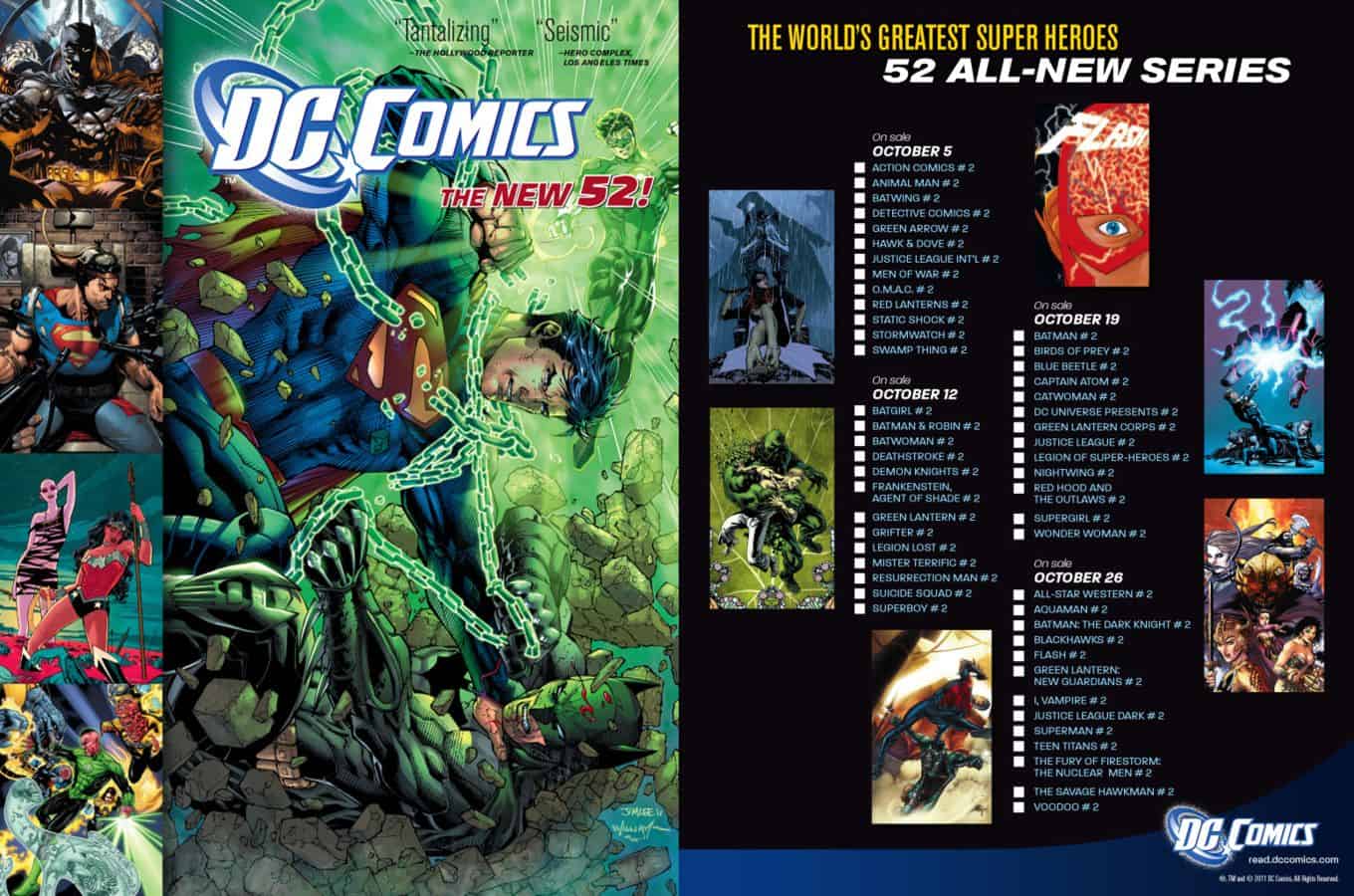
While many, but not all, long time DC Comics fans responded with worry and anger over DC's New 52 reboot at the end of 2011's Flashpoint, I reserved passing judgement at the time. I have read comics long enough to know that with DC in particular they have had a reboot, relaunch, whathaveyou, every decade or so since at least the mid 1940's. Some have been smaller scale, like tweaks to the Superman origins like readers learning that he used to be Superboy (1945), that "Clark" was a family name (1948), that he had a dog named Krypto when he was toddler (1958), etc. Others were larger in scope impacting the DC Universe like those stemming from the 1986's Crisis on Infinite Earths (COIE) wholesale reboot. What I liked about COIE was that was an in-continuity vehicle for changes to continuity. It seemed like a win-win for new and older fans alike.
2011's Flashpoint follows in the tradition of 1986's COIE and actually resulted in what some execs at DC hoped would have happened, but didn't in the mid-1980s: a relaunch of its superhero publishing line from issue #1 for all titles.
I have no significant issue with Harley Quinn's New 52 costume changing, Amanda Waller dropping a person or two in weight, Superman no longer wearing underwear on the outside of his costume, etc. These are cosmetic and not substantive changes; although, reflecting on Waller in particular, I would note that I do think reflecting different body types of characters in the DC Universe is just as important as reflecting different genders, races, orientations, etc.
With the wholesale reboots and subtle resets I mentioned earlier, every decade's generation has its own Superman. That's a fact. For that reason, Flashpoint fits in with a long tradition of DC publishing.
From a content perspective, DC has taken several creative risks in the last few years. While the Batman and Green Lantern family titles were strong sellers pre New 52, the rest of the publishing line had been spotty sales wise despite some "gems" like Gail Simone's Secret Six.
The New 52 afforded DC the opportunity to reframe many of its franchises, integrate its WildStorm and Vertigo superhero properties with the rest of the DC pantheon, and re-establishes the Justice League as its core team book featuring its biggest pop culture guns – the jury is still out on Cyborg though – by its top tier creators.
Hoping other titles would get the "Justice League" rub, DC bundled several seemingly disparate titles under the Justice League family tent pole; some made sense like Flash and Wonder Woman as they were in the League and others did not like Captain Atom, Firestorm, Hawkman, among others.
That said, while "placement" in/under the various tent poles can be criticized, I actually like the idea from a marketing perspective of bundling books the way DC generally has: Justice League, Batman, Superman, Green Lantern, Edge, Dark and Young Justice.
Not all of DC's creative content risks have found an audience as several books have been axed during various waves of cancellations and new replacements since the Fall of 2011. DC has tried to diversify the voices in its line with books like All-Star Western, Sword of Sorcery, Threshold, Earth 2, its various failed military books like G.I. Combat, and others.
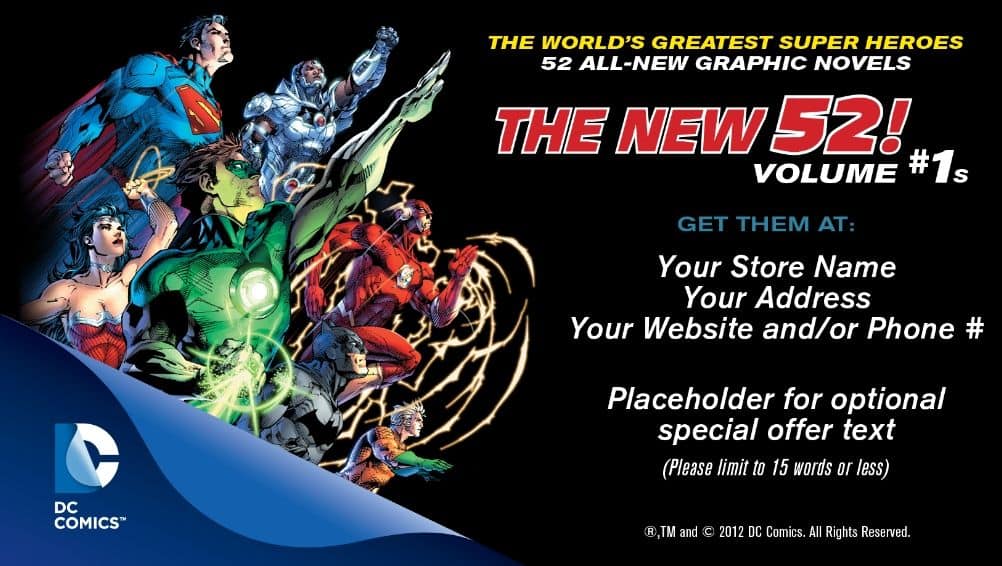
I don't fault DC for trying creatively and failing financially at times. I'm glad not every team book has "Justice League" in its title for example. While Marvel is doing well sales wise with its own Marvel Now branding-reboot, I don't think they have tried as much to diversify the voices in their line. In fact they are galvanizing around what brand names sell. Several Avengers books flood the stands and now they're creating mini-tent pole twosomes with two core X-Force titles, two core X-Men titles, etc.
Perhaps I'm being unfair a bit to Marvel. The cover titles of the Marvel books shouldn't be the exclusive quality barometer; the interior story and art matter in large measures more. However, I have gotten a bit jaded with so many of the same named books on the shelves. That said, Marvel has learned what DC had not from a branding perspective: use familiar and sellable comic book titles to bring people into the book, and then let the interior story wow them whether it "fits" or not with the title on the cover.
That is an important takeaway for DC for Marvel.
Where DC has failed from a marketing perspective has been with their sustained "DC The New 52" branding. Maybe it would have been appropriate in year one so readers can know they have 52 core ongoing superhero books to choose from, but after one year it should have been retired. "New," still, really?
On the "52" side, there will be a few months this Spring / Summer where DC's core hero books won't even total 52. That is a branding fail because content does not align with brand. And, you know what? A lot fans and bloggers (ok, I had to type that too) are focused more on the summer of the "New 49" or "New 50" and asking whether DC remains committed to publishing 52 ongoing cape and cowl books, than on the stories themselves.
Branding is the hook not the substance of the sale.
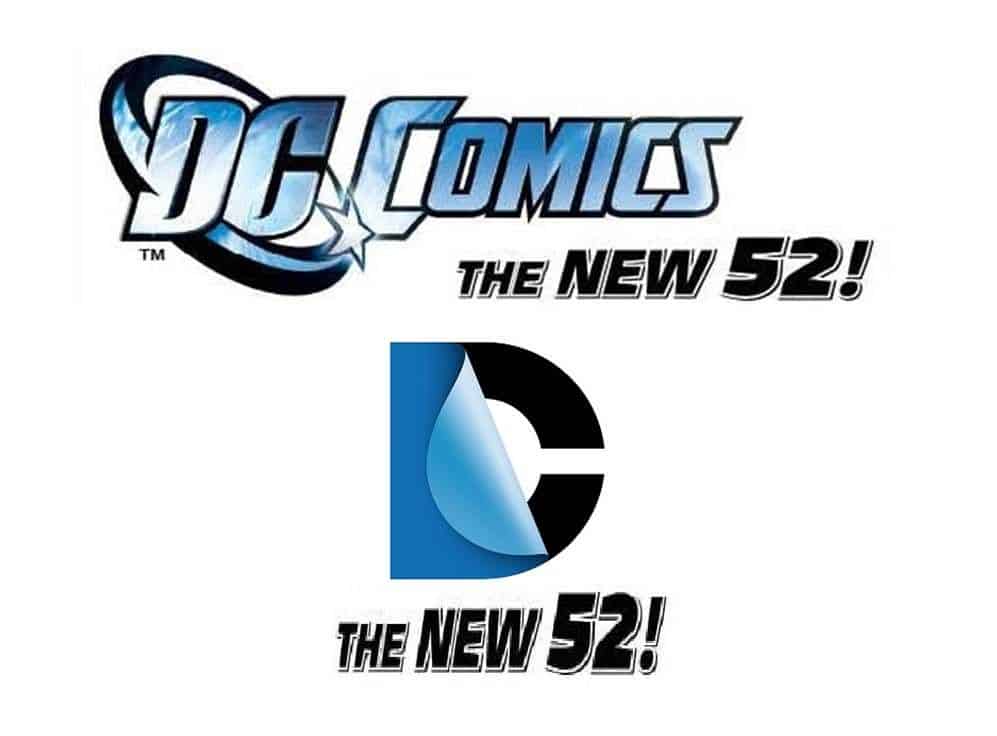
The other reason the New 52 is a branding failure is because it positions everything else DC publishes as being unimportant or at best less important. A great example of this would be the various limited series DC has published that have not found a large audience, despite solid content: James Robinson's The Shade maxi-series, Jimmy Palmiotti and Justin Gray's various Freedom Fighters related mini-series, and others. Even ongoing super hero books like Batman Beyond Unlimited and others are seen as being less important than DC's other super hero books; and comparative sales reflect that.
If DC knowingly or unknowingly brands some of its books as important and doesn't corporately support the others in any meaningful way, why should readers care to sample those "other" books?
If The New 52 is the crown jewel of DC Comics, why should fans bother with picking up any other DC super hero book that doesn't have the New 52 of the cover? Branding and solid picture-stories are what makes comic books profitable not one or the other; it is one AND the other as Marvel has learned.
Valiant has even knows that. They only used the "Summer of Valiant" branding for their 2012 summer launches. Maybe they'll use it again in the Summer of 2013. At least that makes sense.
I want DC to succeed. I want DC to continue to take creative risks because we need more diverse comic book voices – even of the super-hero kind – on stands. I also want DC to change its branding for the its fans, its creators, and for the all-mighty bottom line.
Thanks for reading. All feedback welcome.
Please follow me on twitter and kindly friend me at Facebook too. BabosScribe is the handle.







